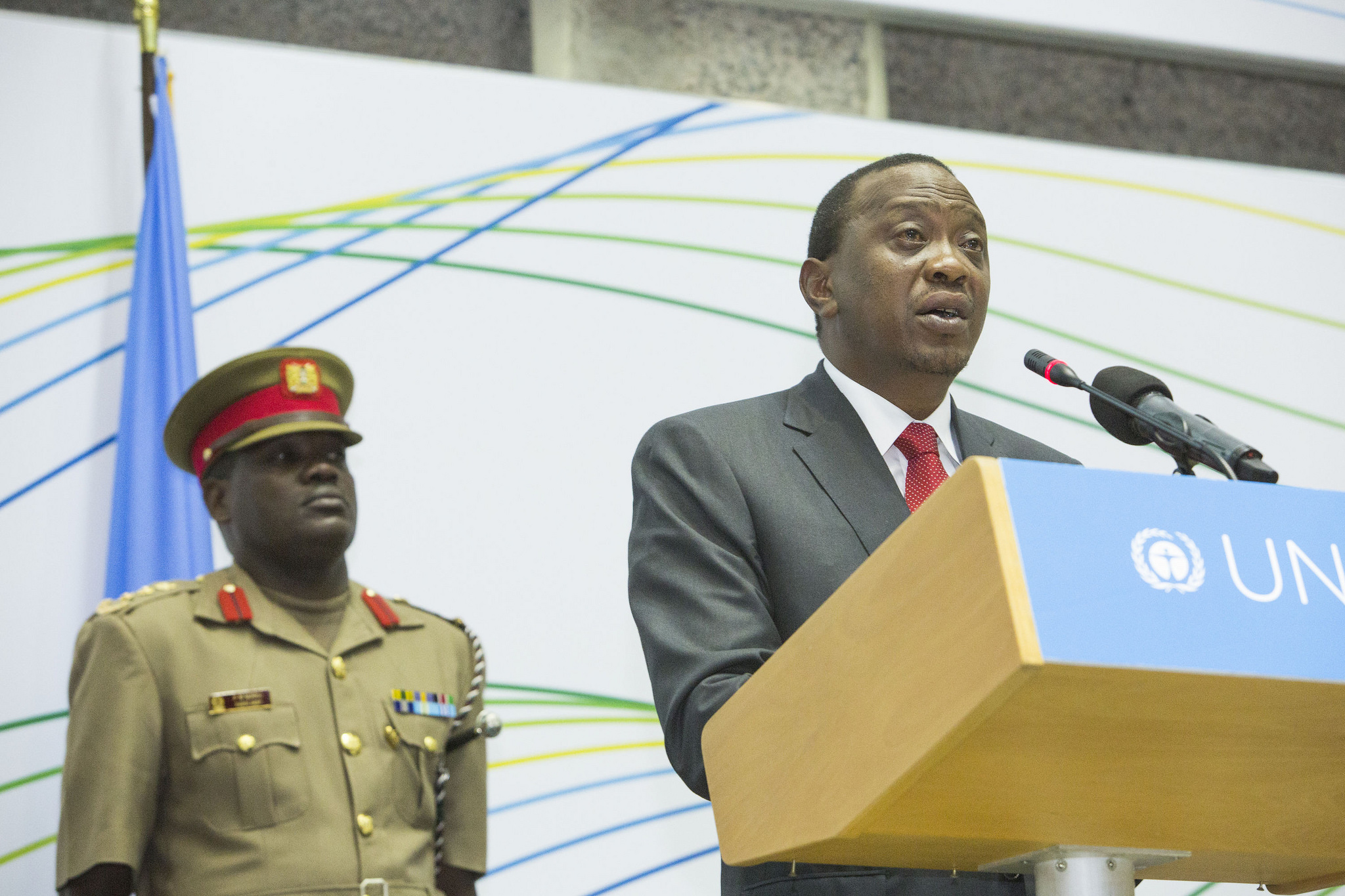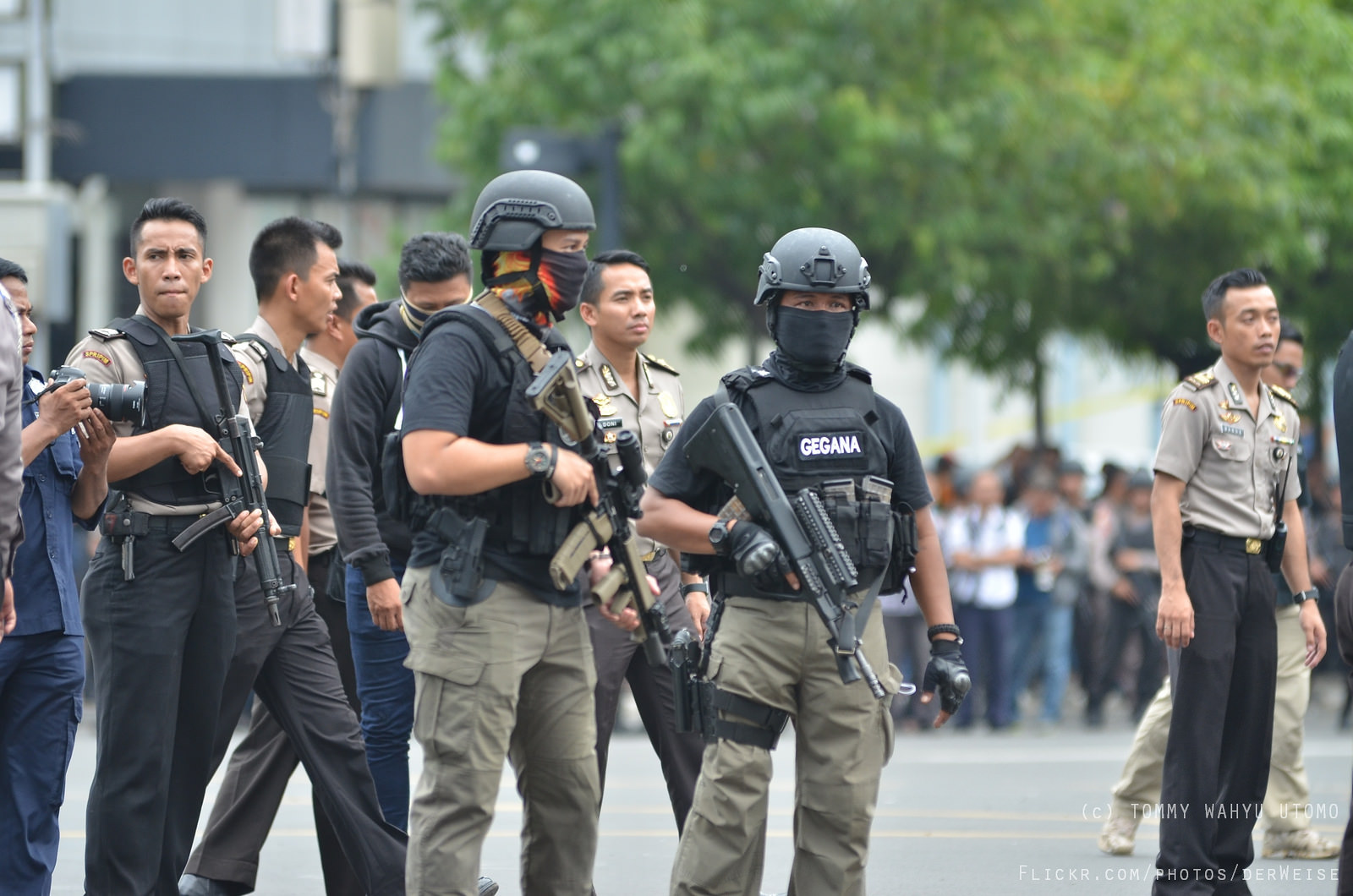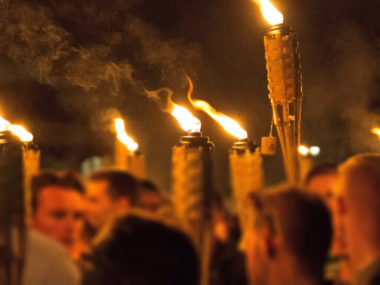Guest post by Beth Elise Whitaker.

On May 6, 2016, the Government of Kenya announced plans to close all refugee camps within the country by November. As the host of nearly 600,000 refugees, mainly from Somalia and South Sudan, Kenya’s move attracted international headlines and led to condemnation from human rights advocates. Not to be deterred, Uhuru Kenyatta’s government launched a media campaign justifying its decision, disbanded the Department of Refugee Affairs, and suspended prima facie refugee status for asylum seekers from Somalia.
The official justification for the closures is national security, particularly the threat posed by Al Shabaab. A series of terrorist attacks has killed hundreds of Kenyans since the deployment of Kenyan troops into Somalia in 2011. The Kenyan government claims that Somali refugees have been involved in these Al Shabaab attacks, though it has not made evidence public. In 2014, Kenyan authorities started massive sweeps in Nairobi’s Eastleigh neighborhood and elsewhere around the country to round up Somali refugees (and sometimes Kenyan citizens of Somali ethnicity) and send them to Dadaab camp. This climate of suspicion is not new: official portrayal of Somalis as a security threat goes back decades.
Beyond security concerns, the timing of Kenya’s announcement just days before the World Humanitarian Summit led to speculation that the government is trying to extract more money from the international community for its refugee operations. In fact, Kenya backed off similar plans to close the camps last year when the United States provided an additional $45 million in assistance. The most recent Kenyan announcement comes at a time when cross-border migration is attracting widespread international attention—and money. With the European Union’s $3.3 billion deal with Turkey and $2 billion deal with various African governments, western countries have shown that they are willing to spend lots of money to keep migrants in their home regions.
If these countries can get generous aid packages for hosting migrants, why not Kenya? If Kenya’s plans go ahead, this would not be the first time that principles of refugee protection have been undermined by the lack of funding for refugee operations. As I have shown elsewhere, funding shortfalls factored into the forced repatriation of Rwandans from Tanzania in 1996.
Yet security and funding concerns do not fully explain why Kenyatta’s government is vowing to close the camps. My research with Jason Giersch suggests that domestic political motivations also play a role, especially with Kenyan elections approaching in 2017. In a recent publication, we found that opposition to immigration is higher in African countries that are more democratic and when respondents are polled closer to a national election, suggesting that political competition fuels anti-immigrant sentiment.
Having won a close and controversial election in 2013, and very likely facing the same opponent (Raila Odinga) next year, Kenyatta has been traveling the country handing out goodies to garner support. The closure of the refugee camps comes in this context. As I discovered during a research trip to Kenya in early June, many average wananchi (citizens) are happy about the government’s decision and think it is long overdue. Somalis have become too comfortable after 25 years in Kenya, they say, and need to go build their own country. The decision to close the camps thus has generated domestic support for a government that is facing widespread criticism and protests about a range of other issues.
With elections just over a year away, Kenya appears to be moving quickly to implement its decision, raising questions about whether it is even possible to close massive refugee camps so suddenly. But such action is not without precedent, as shown in my earlier research.
On December 2, 1996, the Tanzanian government announced that it would close camps for 500,000 Rwandan refugees by the end of the year. When worried refugees fled eastward, away from Rwanda, the military moved in and escorted them down the road to the border. By December 28, the camps were closed and the forced repatriation was complete. Much like Kenya, Tanzania’s action was motivated by security concerns, including the desire to avoid being drawn into a regional conflict, and by domestic politics.
A key difference, however, was the setting to which refugees returned. Rwandan refugees returned to a politically stable—if highly authoritarian—context. Somalis would return to a country divided between a weak internationally-backed government supported by African troops (including 4,000 from Kenya) and an Al-Qaeda-linked extremist group that recently spawned an offshoot loyal to the self-proclaimed Islamic State.
In the end, Kenya’s plan to close its refugee camps raises broader questions about security, democracy, and the funding of refugee operations. How can governments respect their obligations to asylum-seekers without making themselves vulnerable to terrorist attacks? How can they address their own citizens’ concerns without turning immigrants into scapegoats for economic and political woes? And how sustainable is the current system in which wealthy countries pay big money to keep refugees and migrants in poorer regions of the world, admitting just a small fraction for resettlement in Europe and North America? Kenya will not be able to answer questions like these on its own.
Beth Elise Whitaker is an Associate Professor of Political Science at the University of North Carolina at Charlotte. Her research focuses on migration and security issues in Africa.







2 comments
I hope humanity surpasses any other political agenda